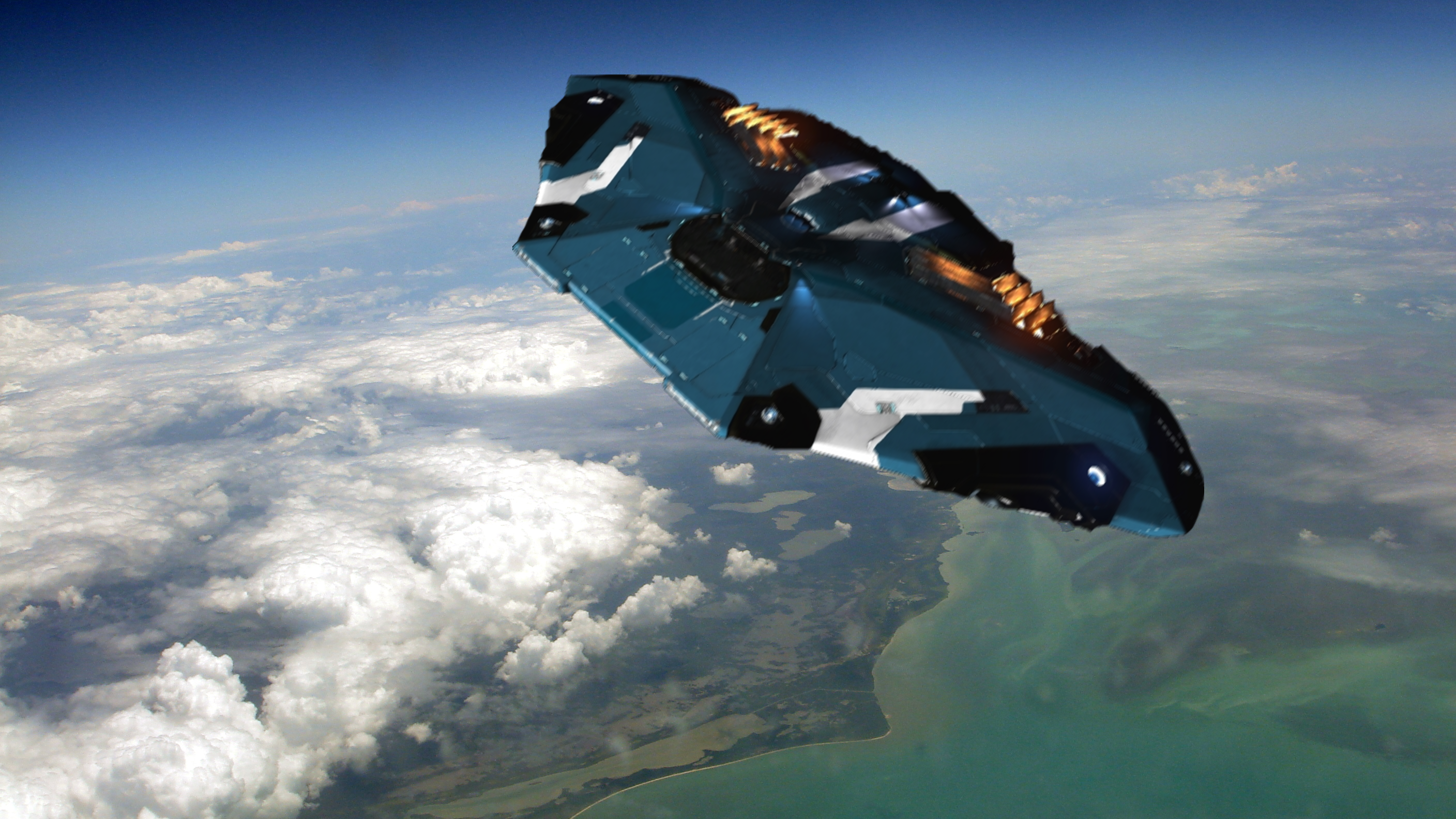I miss the astronomer guy on Reddit who would explain every one of these posts
Edit: Turns out she’s the one who made this discovery! Here’s her post
“it’s not time dilation”
“It’s not coming from the event horizon”
That is amongst the biggest bummers of my life
Andromeda321? Wonder if they’re here in some related name? Appears not yet.
I am probably looking to deep into this but a recent kurtzgesagt claimed that once you get to the event horizon time and space switch into eachother. Your no getting sucked into the center. But your falling into the future.
Sm coming back out years later doesn’t sound like a contradiction to that,
According to the discoverer, this has nothing to do with the event horizon.
When something gets sucked into a blackhole it needs to pas the event horizon.
deleted by creator
The first sentence of the body text in the article:
“Up to half of the black holes that devour stars “burp up” their stellar remains years later.”
I recognize that its not an entire sun being sucked in at once and that the black holes presence alone destroys the sun but the parts that are left. Radiation and what not should still be attracted to the black hole and assumingly orbit around its gravity before gething devoured.
It cant burp something out that was never inside. Or maybe it does but those implications are even more bizar. If it was just “burping out” the surrounding star stuff it wouldn’t be called a burp but “pushed it away again.
How else am i to interpret this?
Maybe don’t read too much into the word choice of a non-technical article, and trust the actual astronomer discoverer talking about it?
I remember when I used to believe that nothing escaped a black hole past the event horizon. I remember when I used to think a black hole was an actual hole. I sure hope Santa isn’t late this year. There are some things still with believing in.
You’re still right about that first part. It’s a poorly written headline, all of the matter being ejected hasn’t passed the event horizon
There’s the hard event horizon and then there’s multiple radii past it with different effects on orbits (such as the photon orbit radius, stable circular orbit radius, etc) and if you’re very close you’re also dealing with “weaker” horizons like a radius where most light gets redshifted past visibility even if mass can still escape if it’s fast enough.



